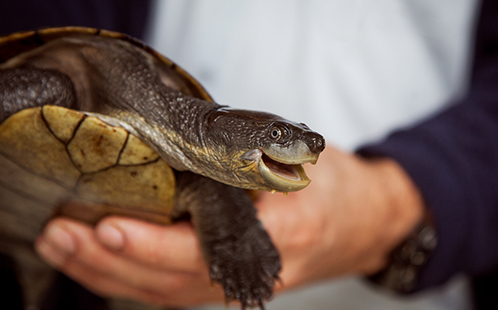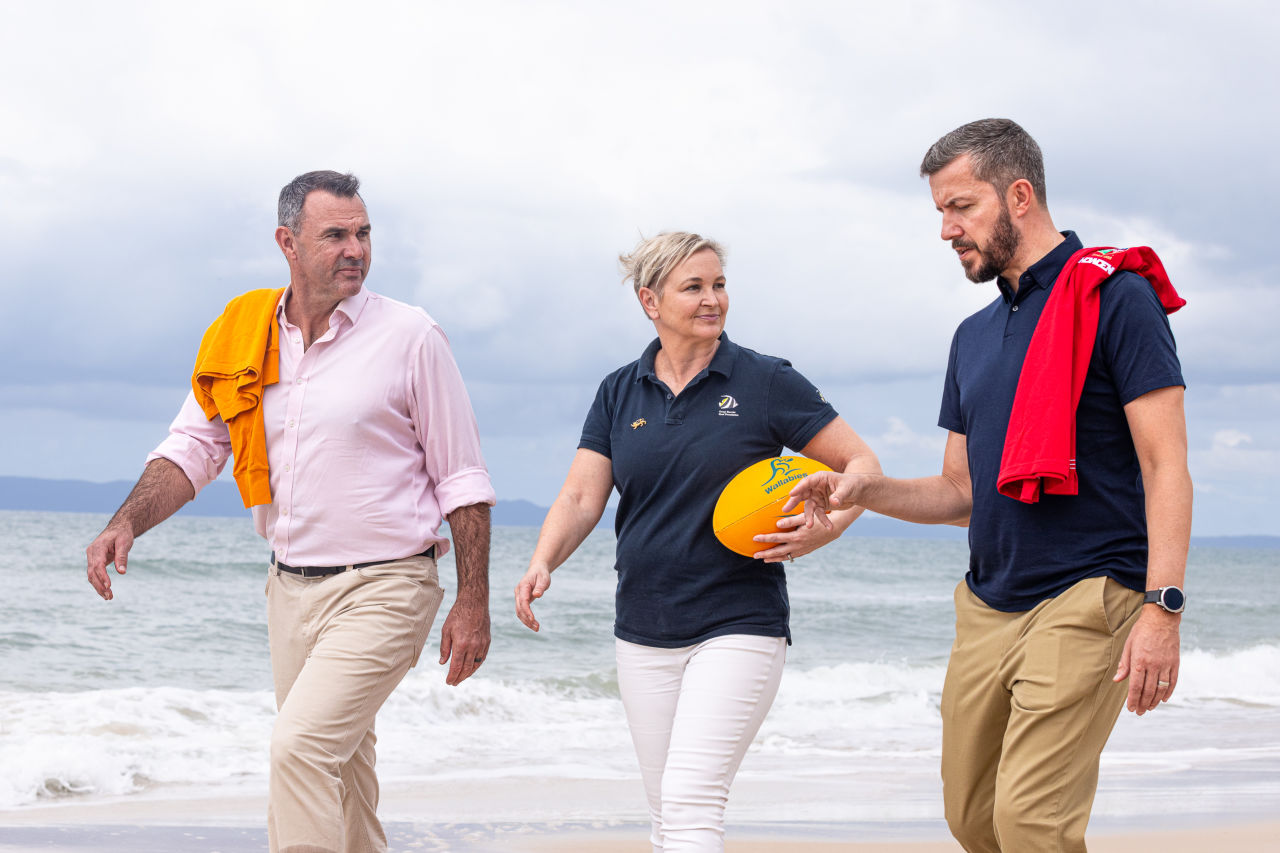
Turtle populations throughout the world are declining. Of the 360 recognised turtle and tortoise species, more than 56 per cent are considered threatened and when including already-extinct species, that percentage rises to nearly 60 per cent. In Australia, foxes, cars, disease and water management are driving population crashes.
Associate Professor Ricky Spencer from Western Sydney University’s School of Science and Health and the Hawkesbury Institute for the Environment said: “Perceived persistence is the problem for turtles. Thirty years ago published reports predicted turtles would decline, but because they live for so long, numbers remained high but populations were ageing. We are now seeing those predictions come true, with once common species becoming locally extinct in many areas.”
Despite localised extinction, Associate Professor Spencer said it’s not too late for our turtle populations to re-establish and Western Sydney University research has confirmed turtles can play an important role in the rehabilitation of our waterways.
“The Menindee fish kills in the Darling River this summer highlighted how fragile our freshwater resources are and turtles are the major scavengers in these systems. They consume large volumes of dead fish, algae, aquatic plants and insects,” said Associate Professor Spencer.
“Turtle scavenger behaviours can circumvent the effects of a fish kill on water quality by removing a significant amount of dead fish from our water bodies. Turtles can also play a role in the federal government plans to release biocontrol agents to control invasive European Carp, by assisting with the clean-up.”
Associate Professor Spencer believes that science-led community conservation is the key to turtle recovery and people-power in increasingly urbanised landscapes is becoming more crucial for species recovery.
“Dedicated community groups like Turtles Australia and Turtle Rescues NSW are doing fabulous jobs protecting turtle nests or relocating turtles from development sites. We are looking to apply these techniques throughout south-eastern Australia, as well as utilising constructed wetlands in sites like water treatment plants and golf courses for conservation,” said Associate Professor Spencer.
On World Turtle Day, the public is encouraged to be on the watch for turtles and record any sightings at , a citizen science project that is identifying road hotspots for turtle’s deaths, as well as turtle nesting sites.





